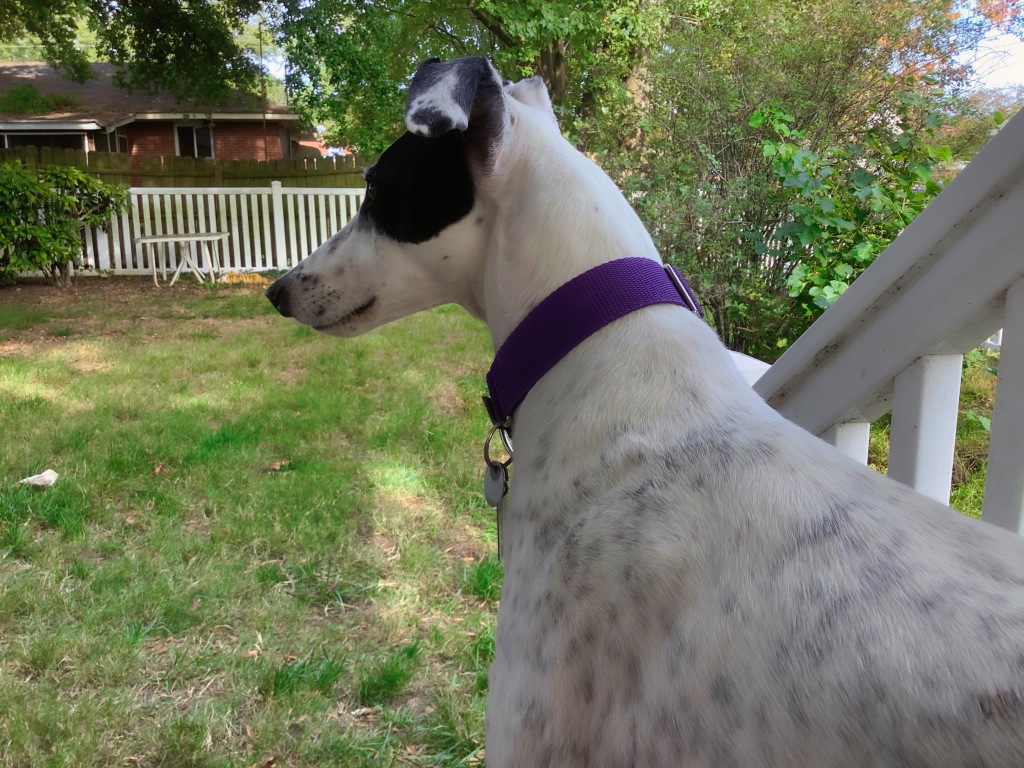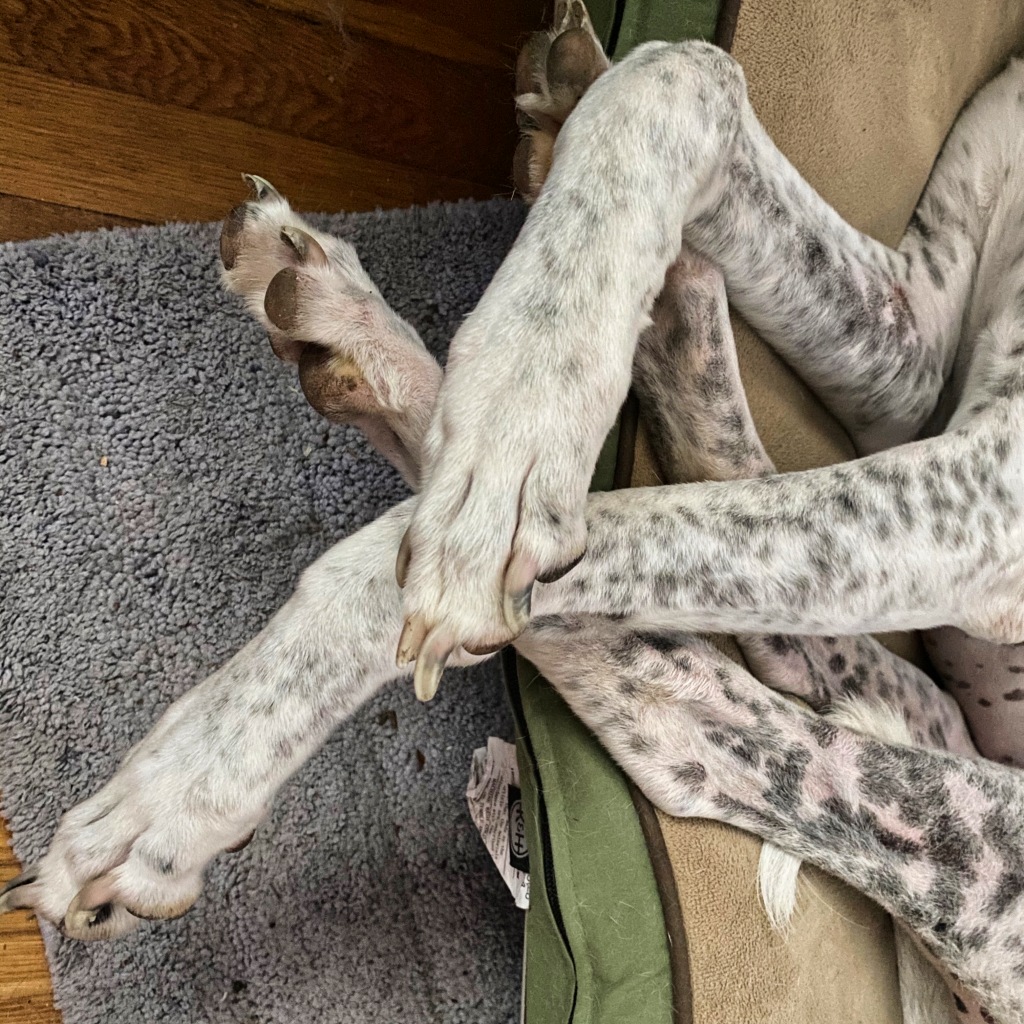It’s October and as sure as frost, Apple has announced new iPhones that start selling in a week or two. Dismal Wizard gives his thoughts on iPhone 12 and 5G. But more important to DW, Tucows sold his Mobile Virtual Network Operator, Ting, to Dish Network. Change is coming whether DW wants it or not.
References
- https://ting.com/blog/exciting-news-for-ting-mobile-and-ting-mobile-customers/
- https://www.apple.com/iphone/
- https://en.wikipedia.org/wiki/5G
Dissecting Apple’s Announcement
Apple divided its announcement into 3 parts, the new radios, the new everyday phones, and the new Pro phones. Pro phone? I thought the killer feature of mobile phones was the mobile communications bit. Its the same on all iPhone 12 variants.
The Radios
All iPhone 12 models support both LTE and 5G. In fact, most of the time, you will be calling using LTE and Voice over LTE. It turns out to be fast enough and easier on the battery. More about this coming up. All US models are useful in Europe and Asia although Tim and crew didn’t mention international compatibility.
What’s New in 5G?
First, new waveforms and protocols. The 5G protocols turn around more quickly to reduce latency and increase channel capacity. But, as a result, cell sizes are a bit smaller. That means you need more 5G towers to cover a given area.
There’s New Spectrum
Fifth generation spectrum is divided into low, mid, and high bands. Low-band is 600-900 MHz or so. Mid-band is 1.7 to 1.9 GHz or so, and High-band is the new Millimeter Wave allocation. Low band carries well and penetrates structures well making it good for suburban and rural use. Mid band carries somewhat less well and has moderate difficulty penetrating buildings. Millimeter wave, easily absorbed or reflected, has difficulty penetrating structures, and requires very small cell sizes. To deploy millimeter wave in a neighborhood would require a cell on every corner and you’d have to make calls from your stoop, even with an iPhone 12 on the millimeter band.
Millimeter wave works well in venues like Giant’s Stadium or Madison Square Garden where sight lines are good and many cells can be deployed from the upper tier decking. Sports leagues will be able to offer fancy new broadcasts looks at the game they’ve given a plum to see in person. This and industrial uses will likely be the biggest uses of millimeter wave 5G.
Considering spectrum available, T-Mobile and Dish Network are good choices in less dense areas as both have significant low spectrum that they are building out. Millimeter wave spectrum is of best use at sporting events and indoor venues where the carrier has provided local cells.
The Dismal Wizard’s Plans
The Dismal Wizard just bought an iPhone 11 this winter to replace an iPhone 6+ that had dropped off of the iOS updates list and had failed a drop test. That and he dropped it positioning the carport camera. It bounced off the concrete while naked and cracked. A bit of Gorilla Glass cover made a voyage repair. But it was time to have a retirement ceremony.
The iPhone 11 has good LTE radios and LTE and 5G are designed to coexist and for calls to migrate between the two as needed. The bit that makes things interesting is that Dish Networks has acquired Ting Wireless and the back office software system from Tucows. Dish is currently a MVNO with no organic resources. But Dish plans to build its own 5G network with LTE support as required by the 5G standards (DW hopes). Anyway, we wait and see while Barbie and Ken consummate their marriage. Boost Mobile is also part of the deal along with Low Band spectrum (800 MHz from Sprint). So Ting is on double secret probation. If it goes wrong, T-Mobile is a safe bet.
The Cameras
It is the cameras that separates the general use iPhone 12 from the Pro iPhone 12. Apple has been putting significant design effort into making usable point and shoot cameras across the 11 and 11 Pro and 12 and 12 Pro product lines. Any of the cameras does great point and shoot work. The Pro cameras offer enough control for professional use.
The iPhone 11 camera is brilliant. It is really good for candids of the canines.
The iPhone 11 and the 12, more so, are able to combine multiple images from a frame sequence or form multiple lenses and sensors to extend the capability of the camera.
I’d guess that the cameras are actually a significant fraction of iPhone 11/12 cost as the lenses are complex and the more sophisticated cameras include mechanical stabilization. Apple uses computational photography and machine learning techniques to turn whatever came off the sensors into something usable. The photo/video processing and associated tailored computational resources are the cost drivers of these products.
DW’s Sony Alpha 6300 DSLR takes the opposite approach. Great mechanicals and optics but only enough image processing on board to run the finder and field evaluate images. Sony assumes that all rendering and corrections will happen in LightRoom, Capture One, or other similar asset manager and rendering application.
In the iPhone 12 announcement video, Apple makes the point that is is possible to use the iPhone 12 cameras professionally as drone payload cameras, podcasting and broadcast from home cameras, and for high quality portraiture and wedding photography.
Where it gets interesting is that most of the magic is baked into the iPhone but Photos App can do some of it but not all as PC’s don’t have the machine learning and AI support that is built into the iPhone/iPad processor system on a chip parts.
The presenters implied that Photos is changing significantly in its ability to work with raw images. The changes in Axx-Bionic chip capability limit Apple’s ability to back port camera software features to the earlier cameras. And the absence of application specific processing resources limit what Apple can do in Photos while Macs are tied to the IA64 Intel architecture.
A couple of my Twitter peeps use the high end camera features to good effect.
This photo was taken at 8 AM this morning, October 14, handheld using northern and western exposure window light. The sun was just illuminating the tree tops so a very cool indirect light was present. This photo was exported to TIFF, processed in Luminar 4 with a light hand on the effects faders, and returned to Photos.App to file in the library.
Luminar 4/AI and Apple internal processing overlap. Luminar uses the same sort of AI and machine learning to examine and enhance photographs. The smart contrast, structure, and enhance tools work over a small patch of pixels to bring out detail. Used with restraint, they add a little darkness to his splotches and bring out the texture in his coat. Taken to extremes, they’ll give the image a paint by numbers look. Blurgh.
That’s the beauty of what Apple has done. There is enough knowledge of what makes a good image built in that Apple computational photography will give you a usable image without coaching. The Pro cameras do allow you to do some coaching and to work with stacked raw images in the on board Photos App.
Image Stabilization
In explaining the Pro cameras, Apple showed how it uses DSLR moving sensor technology to stabilize images. Optical image stabilization is the big breakthrough that led DW to buy the 6+. It was the first phone camera that could film a greyhound in motion without the legs going weird. The 11 has good stabilization but given enough horsepower and enough frames, you can stabilize the image digitally by aligning and combining frames. The 11 with no mention of stabilization does as well or better than the 6+ with the original optical stabilization.
Don’t try this at home, peeps
If taking moving video is important to you, it is worth the extra expense to obtain the high end stabilization technology of the 12Pro series.
This video may be a bit much for an iPhone. BBC World shot this short using a professional video camera and lenses that cost more than the pursuit vehicle (Land Rover) and nose bleed frame rates. The camera was on a steady cam boom. The greyhounds (2 body double black males) were pros still racing and fit. The crew were experienced wildlife photographers and drivers. Greyhound trainers coached the crew on setup of the pursuit so that the hound would chase the vehicle safely. This is a nice bit of production. Care to show us an Apple iPhone Pro version in 2021!


You must be logged in to post a comment.